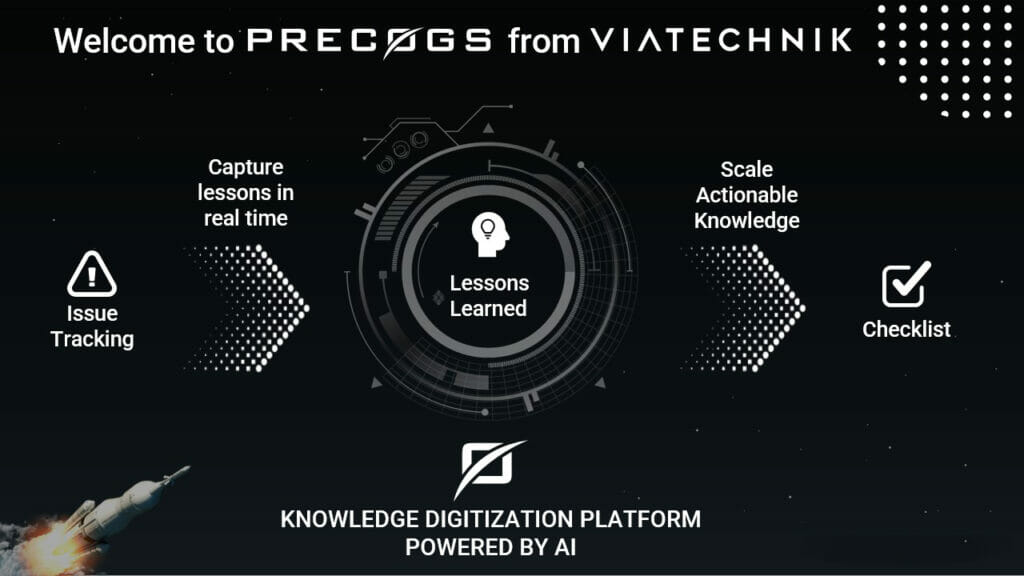
AEC Knowledge Management in the Digital Age
Turn insights into action with Precogs
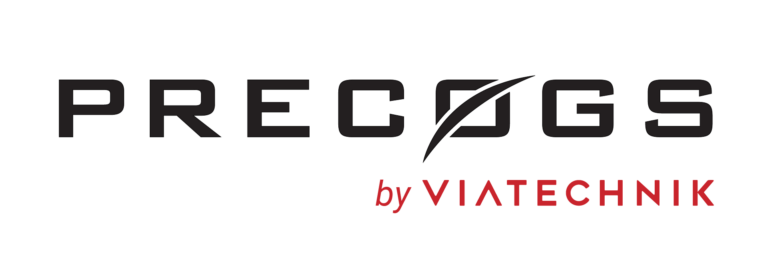
Interview with Kyle Hudson

Kyle is the Vice President of Operations at VIATechnik, where he provides operational oversight, implementation, and strategy for VT’s large-scale digital transformation projects, strategic consulting engagements, custom software products, and enterprise web application deployments. Kyle leverages over a decade of consulting experience to evaluate corporate systems and processes at a deep level and design people, process, and technology solutions that drive ROI and improve efficiency. Kyle is particularly focused on the growth of Precogs, VIATechnik’s predictive insights & learning platform for AEC.
With Kyle attending the inaugural Advancing AEC Knowledge Management Conference later this month in Denver, we sat down with Kyle to discuss the state of knowledge management and what it means to the AEC industry.
How are you expecting Knowledge Management across the AEC industry to develop in the next 5 years?
We see Insight-driven construction becoming the norm. AEC firms are recognizing an opportunity here. And we’re also seeing owners are becoming more aware of the opportunity too and some are already making investments or setting requirements in this area. here will be a more focused effort on transitioning from knowledge gathering to knowledge distribution and actionable insight delivery. Clearly, the title wave of digitization and AI can have a substantial impact here. Lessons learned from the field will be more easily and seamlessly translated to behavior changes in design and construction.
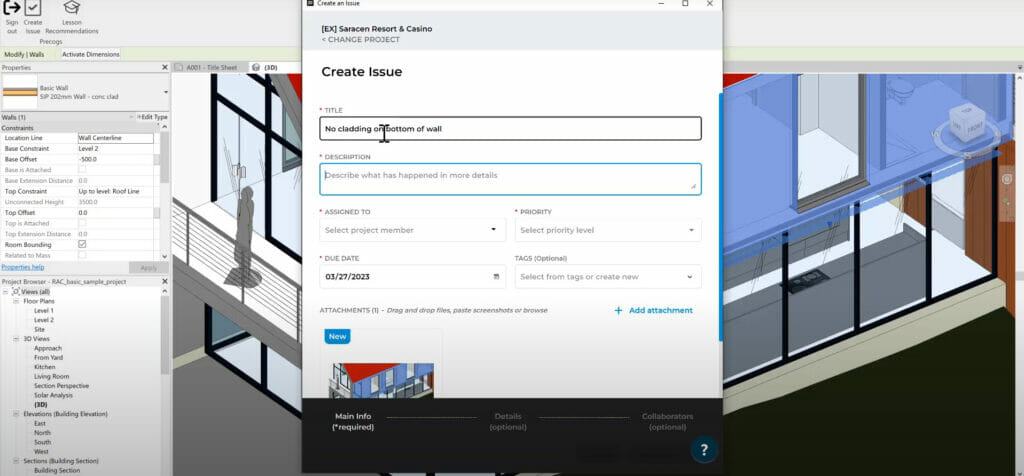
What do you think the blockers/threats will be to improving AEC Knowledge Management in the coming years?
The proliferation of silo’d project-based software tools is posing a threat to knowledge management efforts. We see firms solving problems, logging issues, and generating value on individual projects; but when it comes to centralizing that knowledge, detecting trends, and scaling insights across an organization, it’s tough. Centralization of lessons learned, interoperability of knowledge data, information distribution workflows, and automating insights are big themes that we’re working to solve so that scaling knowledge becomes substantially easier.
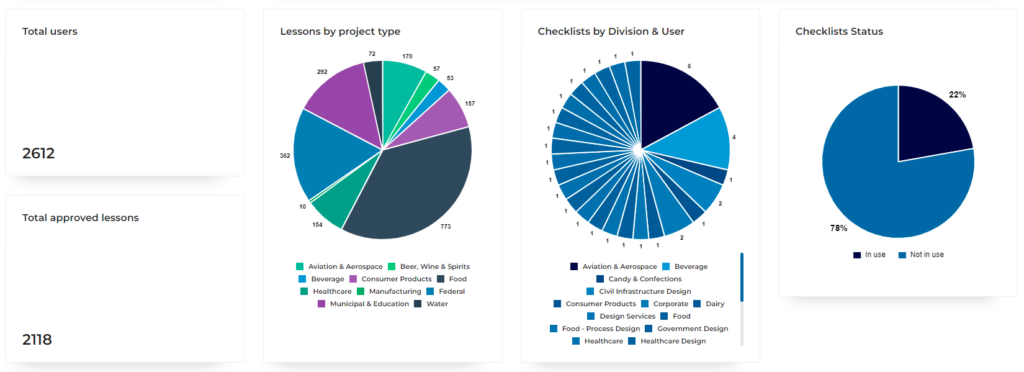
As organizations have moved towards more hybrid working styles, Knowledge Management has become increasingly difficult to optimize. What technologies do you think will be important for scaling AEC KM practices online?
Platform adoption in a hybrid/digital environment is definitely a key focus area. We want knowledge management solutions to be inclusive across work locations, work styles, work functions, and work phases. This is a lot to ask of a platform and the hybrid work environment adds a wrinkle here. We’re continuing to explore the role of incentives (social, digital, monetary, etc) in achieving adoption and action. Also, any technology (such as AI) that can bring automation and insight delivery to the individual employee is critical. Employees will adopt a KM platform that delivers thoughtful, applicable insights at the right time without overloading them.
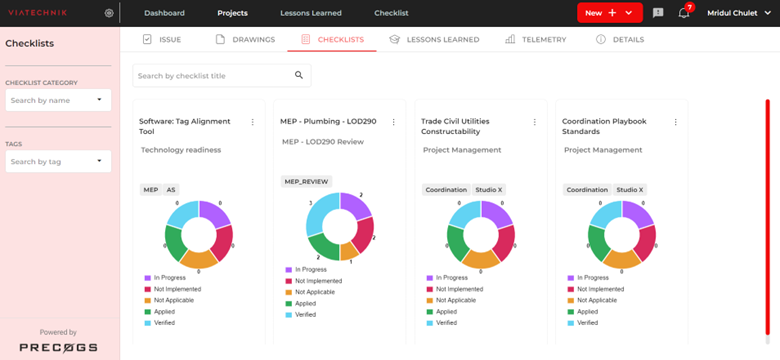
What was the impetus for VIATechnik to launch Precogs?
We saw that existing knowledge management platforms were failing to address the complex and nuanced nature of the AEC market. Having been in AEC digital transformation for 10+ yrs, VIATechnik experienced first-hand the need for a platform that could scale knowledge across the boundaries of projects, teams, and time. Additionally, there is a convergence of unsustainable trends in the AEC industry – from the low productivity to the skilled labor shortage – which demand a change.
We knew we could embrace digital workflows as a way to better capture knowledge in the moment and think differently about how to empower teams to take action from their knowledge. Creating a central repository of knowledge that uses integrations to meet users in the tools where they most often spend their time was and still is key for us. Layering on intelligence and workflows to make knowledge actionable and accountable is also critical.
The future of our industry depends on our ability to capture, scale, and take meaningful action from what we learn, and Precogs is positioned to be the primary enabler in that effort.
Click here to discover more about Precogs and how we leverage AI to help turn insights into action.
